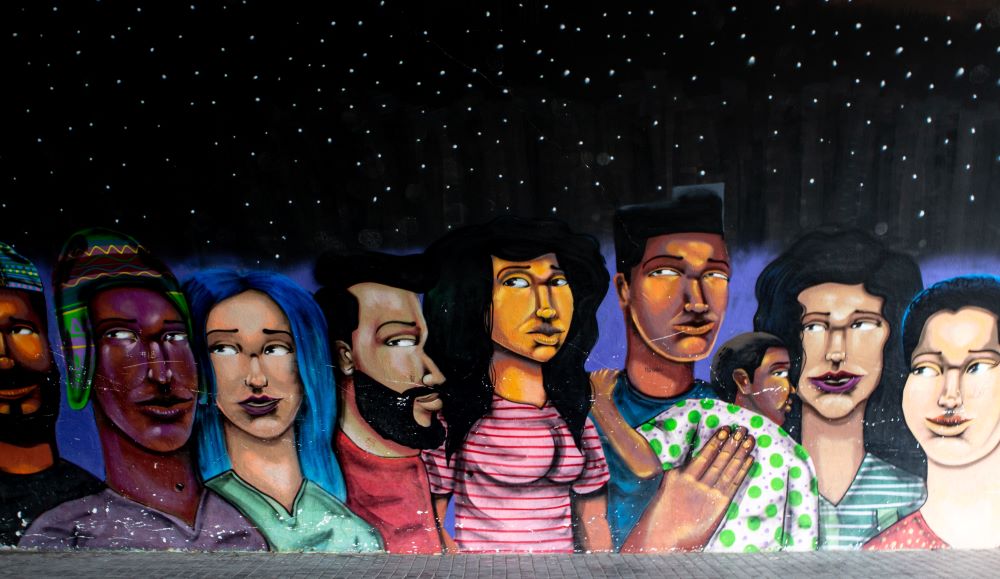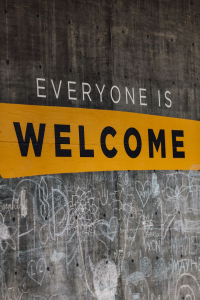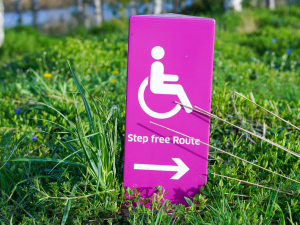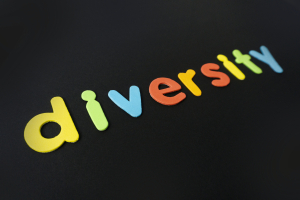Events serve as important platforms for bringing people together, fostering connections, and sharing knowledge.
However, to truly maximize their impact, it is essential to ensure that events are inclusive, providing an environment where all participants feel valued, respected, and empowered.
Knowing where to start or what strategies to use can be challenging. This article will explore key strategies and considerations for making events inclusive, promoting diversity, accessibility, and a sense of belonging.
What exactly is an inclusive event?
An inclusive event is one that welcomes and embraces individuals from diverse backgrounds, including different genders, ethnicities, religions, abilities, and socioeconomic statuses.
It involves creating an atmosphere where all participants feel comfortable and respected and have equal opportunities to engage and contribute.
Photo by Katie Moum
And it all starts with an inclusive mindset. This means being open to different perspectives and backgrounds and actively seeking to create an environment that welcomes and respects all attendees. To achieve this, event organizers should begin by examining their own biases and assumptions and working to create an environment that is welcoming to all.
Pre-event planning
Define clear inclusion objectives
Before organizing an event, clearly define inclusion objectives aligned with the event’s purpose and target audience. These objectives may include promoting diversity in speakers, ensuring accessibility for individuals with disabilities, creating safe spaces for underrepresented groups, or fostering cross-cultural understanding. Clearly articulating these objectives will guide the event planning process.
Aim for a diverse representation
Aim to have diverse representation in all aspects of the event, including speakers, panelists, performers, and organizers. Strive to include individuals from different backgrounds, perspectives, and expertise levels. This representation will enrich discussions, inspire innovative thinking, and provide diverse role models for participants.
Ensure accessibility
Consider accessibility needs and make necessary accommodations to ensure that individuals with disabilities or special needs can fully participate. This includes providing wheelchair accessibility, sign language interpreters, captioning services, assistive listening devices, and materials in different formats (such as audio, braille, or large print), as well as allowing for different learning styles. Consult with accessibility experts or disability advocacy organizations to ensure your event is truly inclusive.
Photo by Ramona
Event organizers should also provide a quiet space for attendees who need a break from the noise and crowds. This can be especially important for individuals with sensory processing issues or anxiety disorders.
Select the appropriate venue
Choose event venues that are accessible and inclusive. Ensure that the venue has appropriate wheelchair ramps, accessible restrooms, and designated seating areas for individuals with disabilities.
Photo by Yomex Owo
Consider the acoustics of the space to accommodate individuals with hearing impairments. Additionally, select venues that align with inclusivity values and welcome diverse groups.
Creating an inclusive event environment
Cultivate an inclusive culture
Create a welcoming and inclusive atmosphere by setting the tone for respectful and inclusive behavior. Encourage participants to actively listen, engage in constructive dialogue, and avoid discriminatory or offensive language. Establish clear guidelines for respectful communication and implement mechanisms to address concerns or issues that arise during the event.
Include safe spaces and affinity groups
Designate safe spaces or affinity group areas where individuals from marginalized or underrepresented communities can connect, share experiences, and find support. These spaces can promote a sense of belonging and provide opportunities for networking, mentorship, and community building.
Favor a culturally sensitive programming
One of the most effective strategies for creating an inclusive event is emphasizing diversity and inclusion in the programming. Consider the diversity of your audience and incorporate diverse cultural elements into the event.
Photo by Daria Nepriakhina
This may include offering various cuisine options, recognizing and celebrating important cultural holidays or observances, and showcasing diverse art, music, or performances. This also means featuring speakers and presenters from various backgrounds and perspectives and including topics relevant to a broad range of attendees.
Provide diverse food and beverage options
Food and beverage options can be an essential aspect of creating an inclusive event. Event organizers should be mindful of providing options that accommodate different dietary needs and restrictions, such as vegetarian, vegan, and gluten-free options.
Additionally, providing options that reflect the diversity of the attendees and the broader community can help create a more inclusive environment. This can include options that reflect different cultural traditions and cuisines.
Aim for inclusive language and visuals
Pay attention to the language and visuals used in event materials, such as signage, programs, and presentations. Use inclusive language that avoids assumptions or stereotypes and respects individuals’ identities, ethnicities, and abilities. For example, using gender-neutral language and avoiding ableist language can help ensure that all attendees feel welcome and valued.
Consider providing materials in multiple languages to accommodate diverse language preferences.
Promoting active participation
Provide interactive formats
Design event sessions and formats that encourage active participation from all attendees. Small group discussions, workshops, and interactive activities can help foster engagement and diverse perspectives. Incorporate inclusive facilitation techniques, such as round-robin sharing, where each participant has an equal opportunity to contribute.
Give networking opportunities
Facilitate networking opportunities that encourage diverse connections. Organize structured activities, mixers, or networking sessions that enable participants to interact with individuals outside their usual circles. Consider using icebreakers or conversation starters that promote inclusivity.
Photo by Brooke Cagle
Invest in an engaging moderation
Ensure event moderators are skilled in inclusive facilitation and actively encourage participation from all attendees. Moderators should be trained in creating a safe space, managing discussions, and addressing any biases or discriminatory behavior that may arise during the event.
Address harassment and discrimination
Finally, event organizers must address harassment and discrimination in all its forms. This includes taking proactive steps to prevent harassment and discrimination from occurring and creating a process for attendees to report incidents if they occur.
Event organizers should also be prepared to act swiftly and appropriately if harassment or discrimination is reported. This may include removing individuals from the event or contacting law enforcement if necessary.
Post-event reflection and improvement
Feedback and evaluation
Gather feedback from participants regarding their experience of inclusivity. Conduct surveys, focus groups, or individual interviews to assess your strategies’ effectiveness and identify improvement areas. Analyze the feedback to gain insights into participants’ experiences and suggestions for enhancing inclusivity in future events.
Continuous learning and adaptation
Use the feedback received to refine future event planning and ensure continuous progress in creating inclusive events. Reflect on what worked well and what could be improved, and integrate these insights into your event planning process. Stay updated on emerging best practices and inclusivity trends to enhance your events continually.
In conclusion
Whether it is a conference, a workshop, or a networking event, creating an inclusive environment should be a top priority for any event organizer.
This requires intentional effort and a commitment to creating an environment that welcomes and respects all attendees.
By setting clear inclusion goals, developing a comprehensive event strategy, promoting active participation, and seeking feedback for improvement, event planners can create environments where all participants feel valued and empowered. Embracing diversity in speakers, providing accessibility, cultivating a culturally sensitive environment, and facilitating networking opportunities are key components of inclusive event planning.
Author : Véronique Colombani






